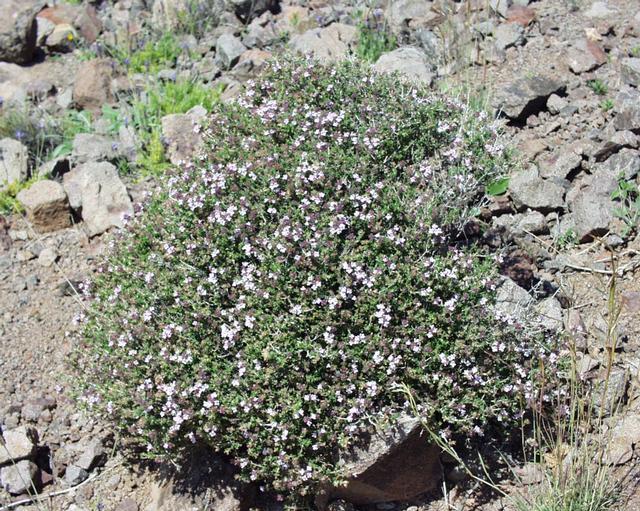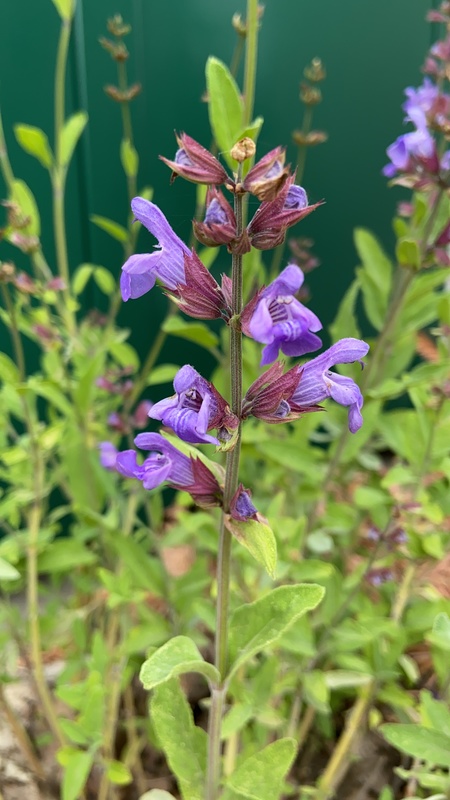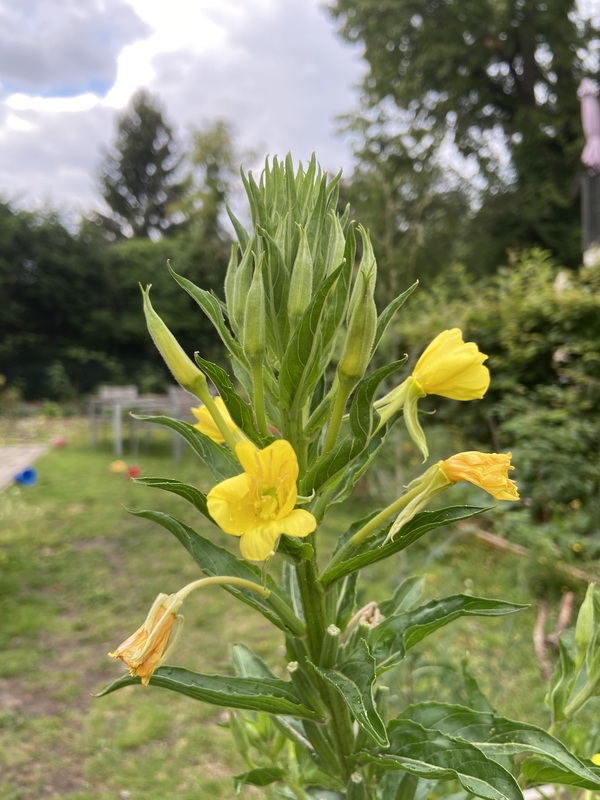Description
The blanket flower, also known as Gaillardia pinnatifida, is a flowering plant native to the western and southwestern regions of North America. It has a distinctive appearance, with daisy-like flowers that are typically red, orange, or yellow in color. The flowers have a yellow center and a ring of petals that can be either smooth or fringed. The leaves of the blanket flower are long and narrow, and they are arranged in a basal rosette.
In terms of size, the blanket flower grows to a height of about 18-24 inches, with a spread of 12-18 inches. It is a fast-growing plant, and it can easily spread to fill in gaps in a garden or meadow. To differentiate it from similar plants, one can look for its basal rosette of leaves and its daisy-like flowers.
When it comes to growing conditions, the blanket flower prefers well-drained soil and full sun. It is drought-tolerant and can survive in hot, dry climates. To cultivate it successfully, a grower may need to provide plenty of sunlight and water it regularly until it is established. The plant is winter hardy and can survive cold temperatures.
As for edibility, the blanket flower is not considered to be edible. It is not toxic, but it is not known to have any culinary uses. The plant can, however, be used for a variety of other purposes. For example, it can be used as a source of nectar for pollinators, such as bees and butterflies. It can also be used as a ground cover or as a filler in flower beds. Additionally, some people use the dried flowers of the blanket flower in dried flower arrangements.
In terms of its value for wildlife, the blanket flower is a popular plant for pollinators and other beneficial insects. It provides nectar for bees and butterflies, and its seeds are a food source for birds. In addition, the blanket flower can help to support healthy ecosystems by providing habitat and food for a variety of wildlife.


